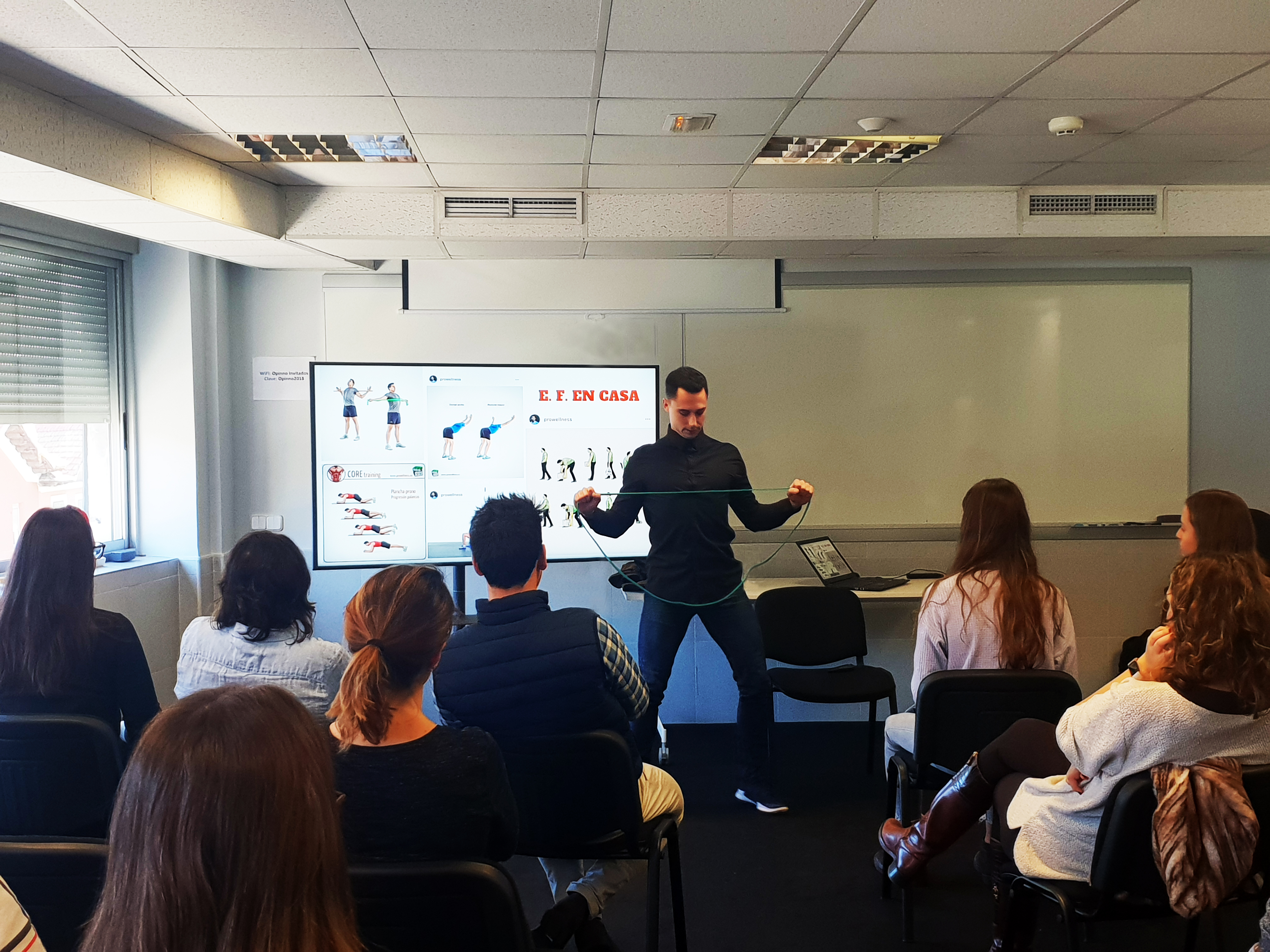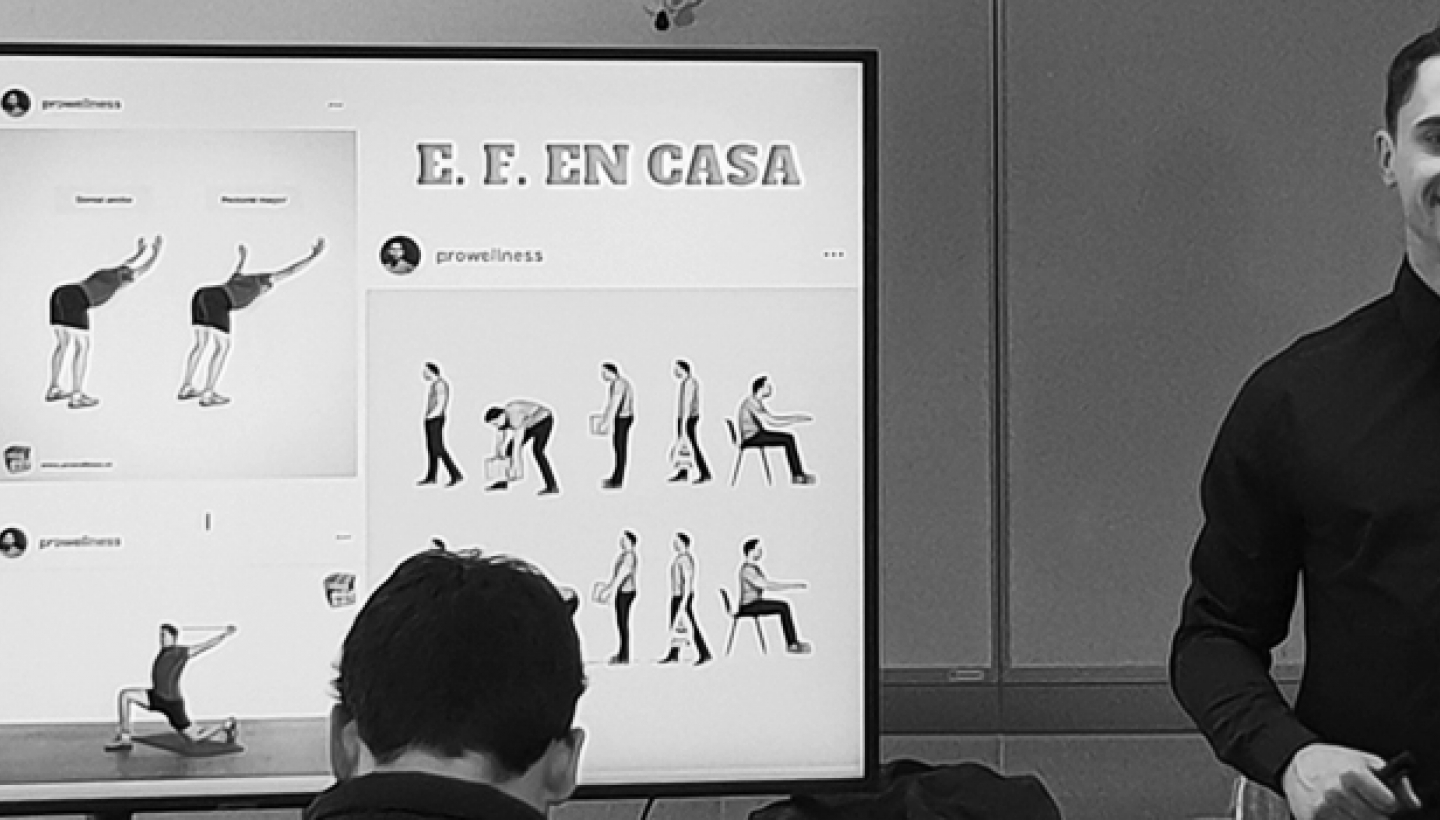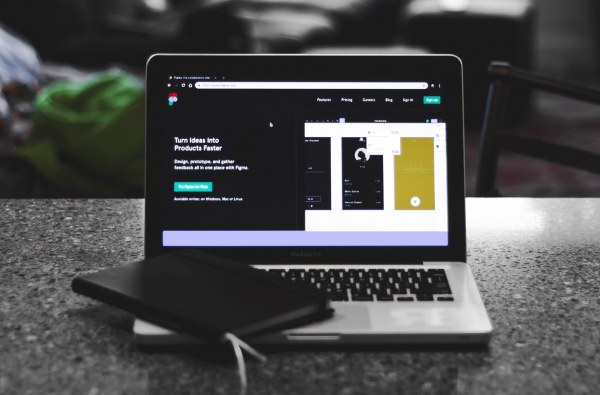Our team organised a training session with Adrían Nuñez, health and wellness coach. Adrian talked about what drives mental and physical wellbeing and how it influences the efficiency, creativity, and productivity of our team.
Our main goal was to find out how to create an environment in which collaboration, open communication and a genuine interest in succeeding as a community is the norm.
Here are five things we learned in our training session:
1. Wellness is the state of being in good health as an actively pursued goal. The World Health Organization defines it as "a state of complete physical, mental, and social well-being, and not merely the absence of disease or infirmity." Thus wellness is more than being healthy, is about being in a process of continuous change and growth. Maintaining an optimal level of wellness is an absolute necessity for leading a meaningful life since how we feel and look affects the way we relate to others.
2. Occupational wellness refers to the extent to which we achieve fulfilment through work and how appreciated are our contributions. This dimension is directly related to personal satisfaction, motivation and enrichment in one’s life through work.

3. Corporate wellness programs support employees in learning how to perform social roles effectively. It is important to create networks of like-minded people to inspire and motivate us to deliver great work.
4. True wellness is proactive. Companies that care about their employee's wellbeing design self-care programs to help manage stress, prevent burnout, and boost feelings of self-confidence. However, more importantly, the companies that are serious about the well-being of their employees create a corporate culture in which is acceptable and respected to prioritise self-care.
5. Physical wellness refers to the general physical health, tonus, posture, exercise and nutrition. Being physically well means enjoying a high quality of life. Adrían showed us a series of exercises and stretches that we can use to improve posture and ergonomics while standing at the office.
All in all, we learned that employee wellness is more than creating a program that takes care of physical wellbeing. While this aspect is important, creating programs that support team members in finding what motivates them, how to achieve fulfilment through work, and how to improve life quality, will make more impact on the long term.



